The History of Textiles: A Journey of Innovation and Creativity
Textiles have played an essential role in human civilization, evolving alongside cultural, technological, and artistic advancements. From their origins in prehistoric times to their modern applications in fashion, industry, and art, textiles reflect humanity’s ingenuity and creativity. Here is an overview of their fascinating journey:
Prehistoric Beginnings
The earliest textiles were likely created from natural materials such as animal hides, plant fibers, and grass. Archaeological evidence suggests that humans began weaving fabrics around 30,000 years ago, using tools like bone needles and plant-based threads. These primitive textiles served practical purposes such as clothing and shelter, marking the beginnings of textile craftsmanship.
Ancient Civilizations
Egypt: Around 5000 BCE, the Egyptians mastered the art of linen production from flax plants. Linen became a symbol of purity and was used for clothing, burial shrouds, and trade.
Mesopotamia: Wool was a significant textile in Mesopotamian culture. The Babylonians and Assyrians developed complex weaving techniques, creating vibrant and patterned fabrics.
China: The Silk Road owes its name to China’s remarkable invention of silk production, dating back to at least 3000 BCE. Silk became a prized commodity, spreading Chinese influence across continents.
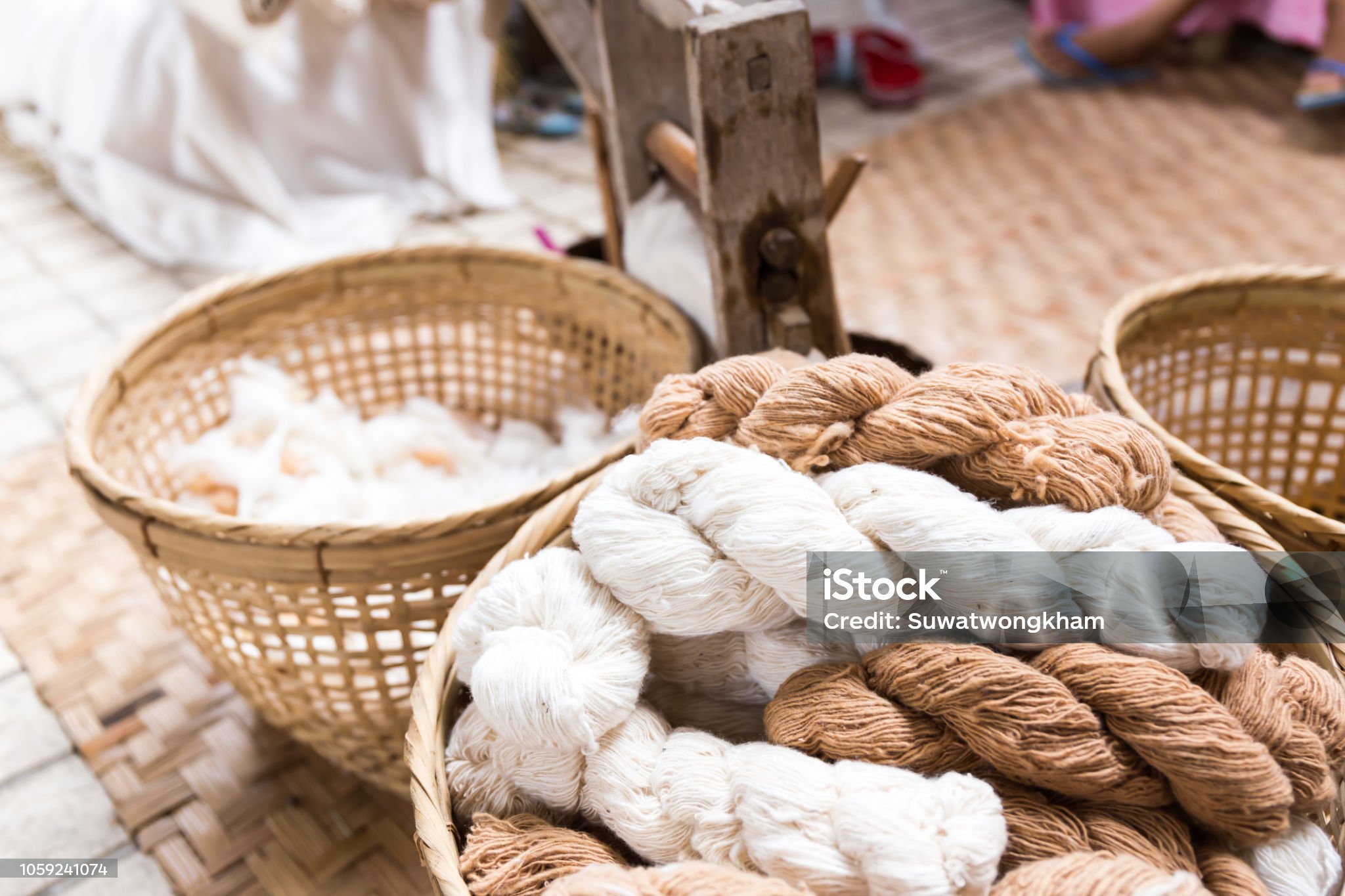
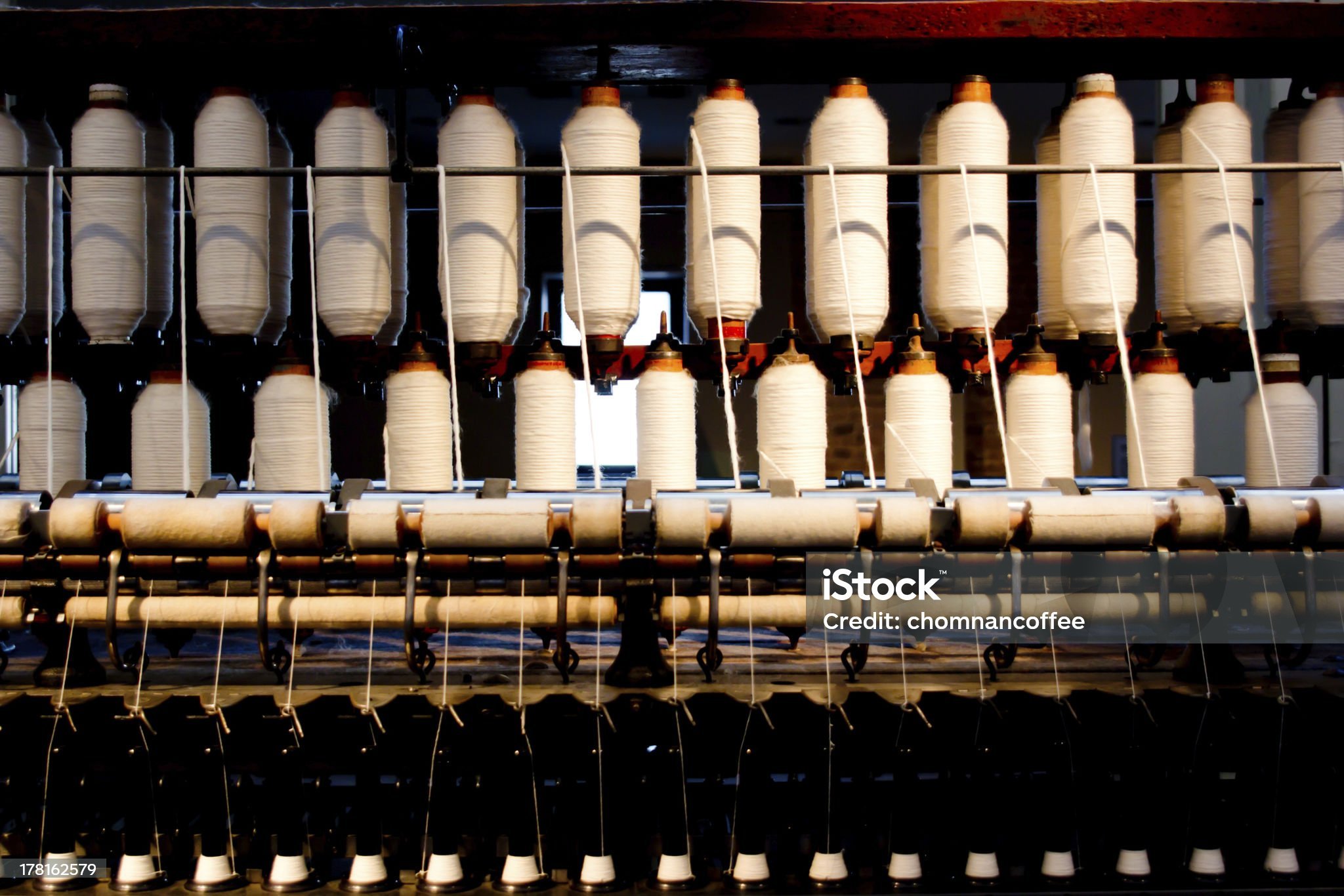
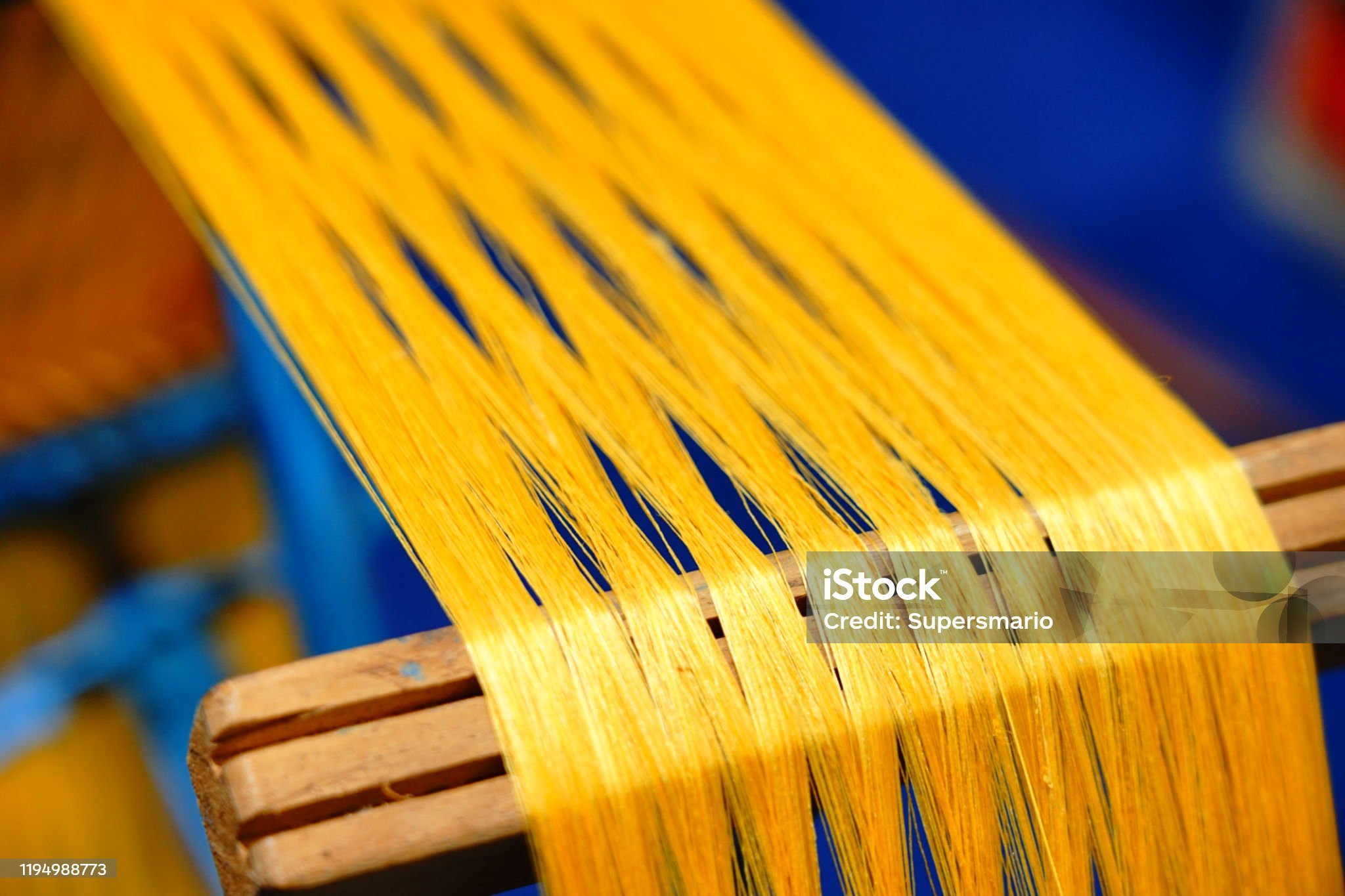
Medieval Innovations
During the medieval period, textiles advanced significantly:
Europe: The wool industry flourished, particularly in England, where spinning wheels and looms enhanced production.
Islamic World: Innovations in dyeing and embroidery were prominent. The use of intricate patterns and calligraphy in textiles became a hallmark of Islamic art.
India: Cotton weaving and dyeing techniques, such as block printing, reached new heights. India’s muslins and chintz fabrics were sought after worldwide.
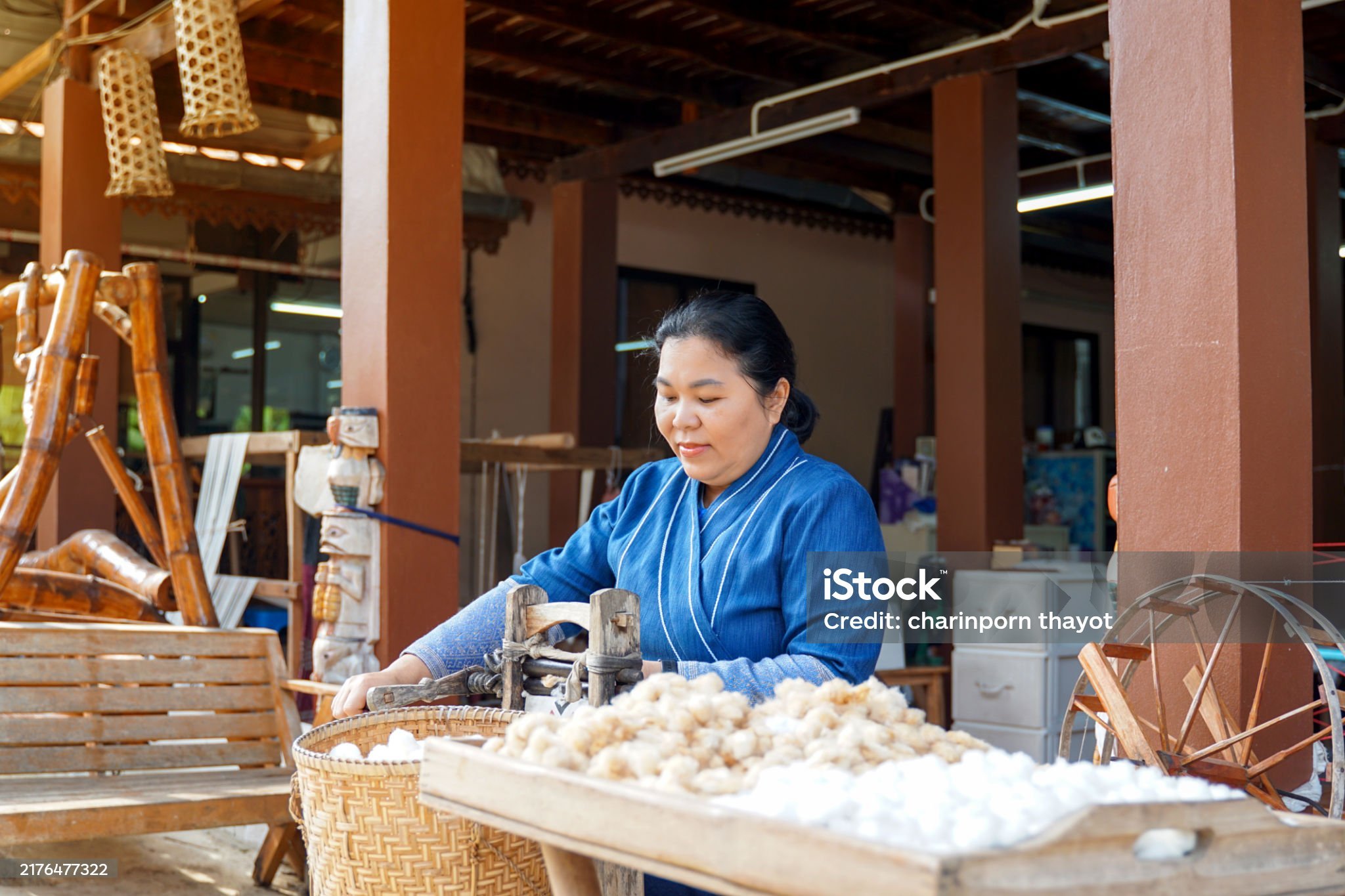
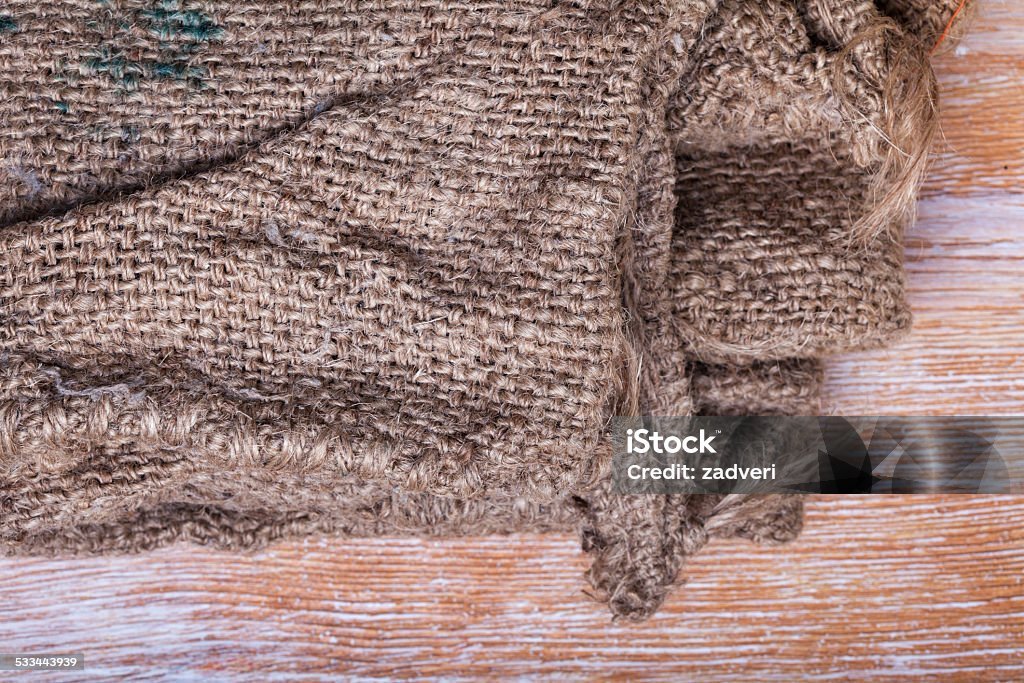

The Industrial Revolution
The 18th and 19th centuries marked a turning point with the mechanization of textile production:
Spinning Jenny and Power Loom: Machines like the spinning jenny and the power loom revolutionized the industry, increasing efficiency and reducing costs.
Synthetic Dyes: The discovery of synthetic dyes in the mid-19th century expanded the color palette and accessibility of textiles.
Cotton Boom: Cotton became the backbone of industrial textile production, particularly in Britain and the United States.
20th Century and Modern Innovations
Synthetic Fibers: The invention of nylon, polyester, and other synthetic fibers introduced lightweight, durable, and versatile fabrics.
Fashion and Art: Textiles became a medium for artistic expression, influencing trends and movements in fashion and design.
Smart Textiles: Today, textiles integrate technology, creating fabrics that are responsive, temperature-regulating, or even capable of generating energy.
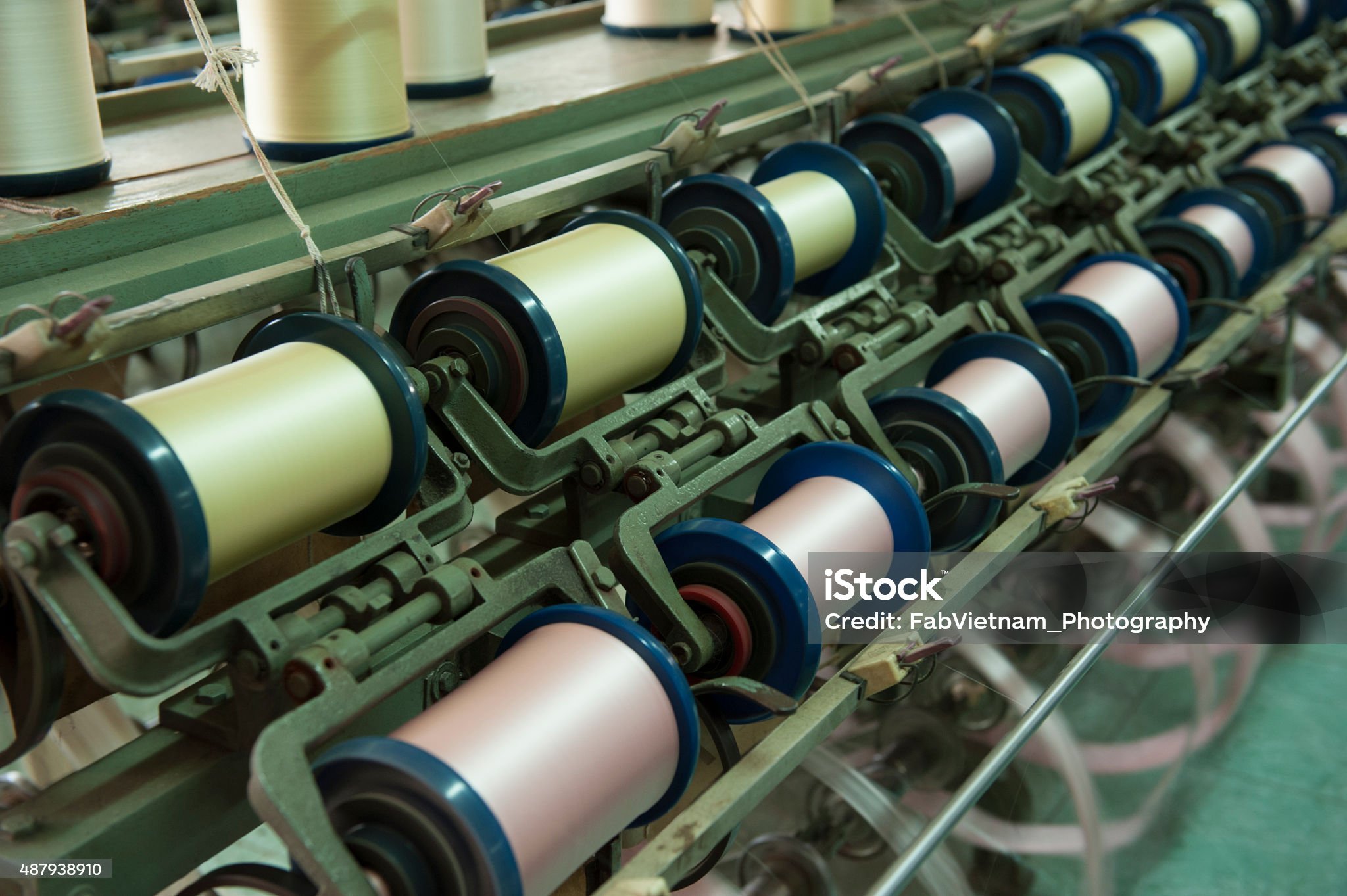
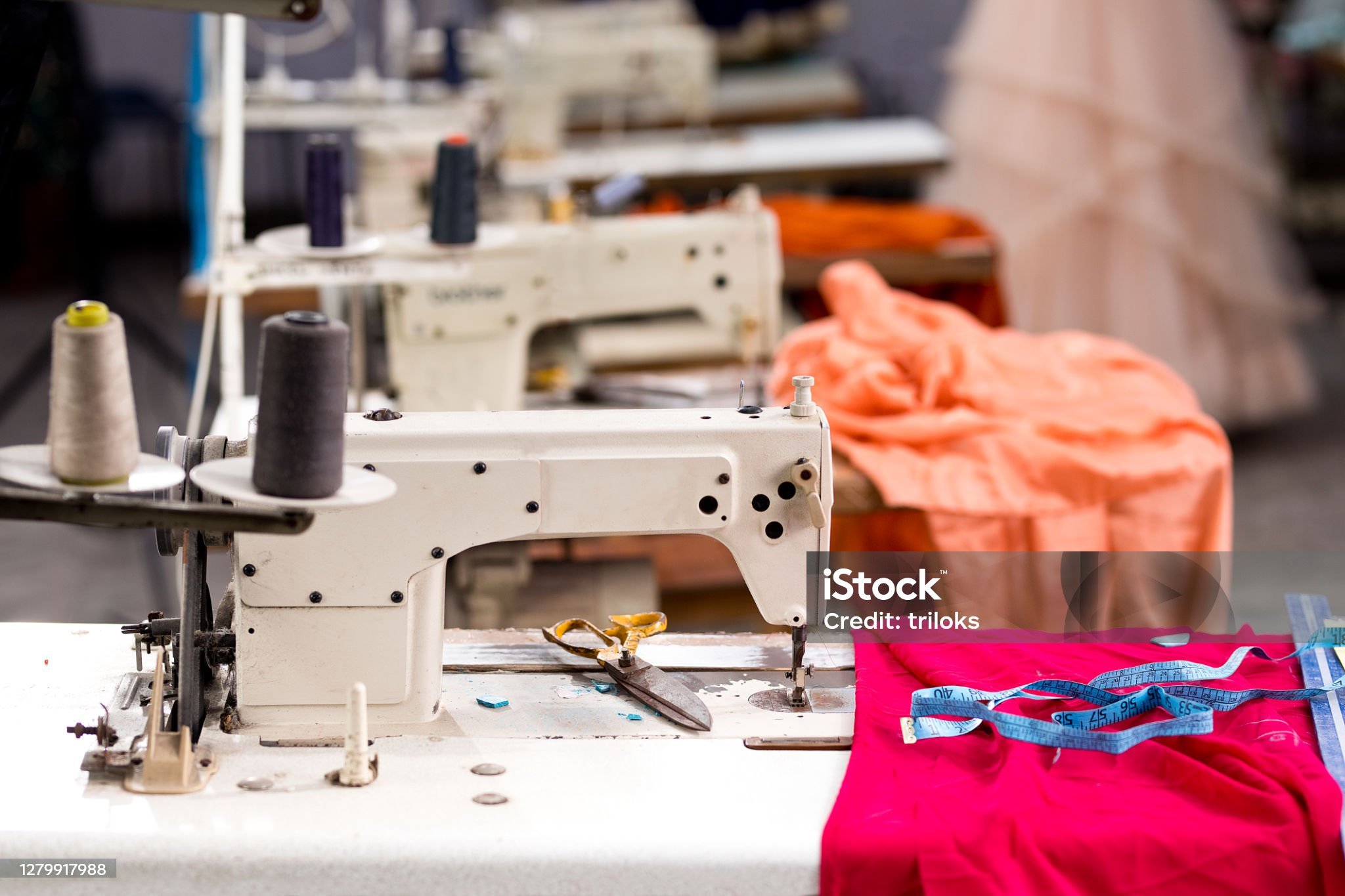
Sustainability and the Future
The textile industry faces challenges related to environmental impact and waste. Innovations in sustainable materials, such as organic fibers, recycled textiles, and biodegradable fabrics, are shaping the future. Additionally, advancements in circular fashion and digital manufacturing aim to reduce the industry’s ecological footprint.
“Clothing is not just a necessity but a storytelling medium, where every stitch and pattern narrates the history of a people.”
Conclusion
The history of textiles is a testament to human innovation and creativity. From ancient looms to high-tech smart fabrics, textiles continue to evolve, reflecting cultural identities and pushing the boundaries of art and science. This journey remains a vibrant and integral part of human history and progress.
Looking for producing garment in Vietnam?



